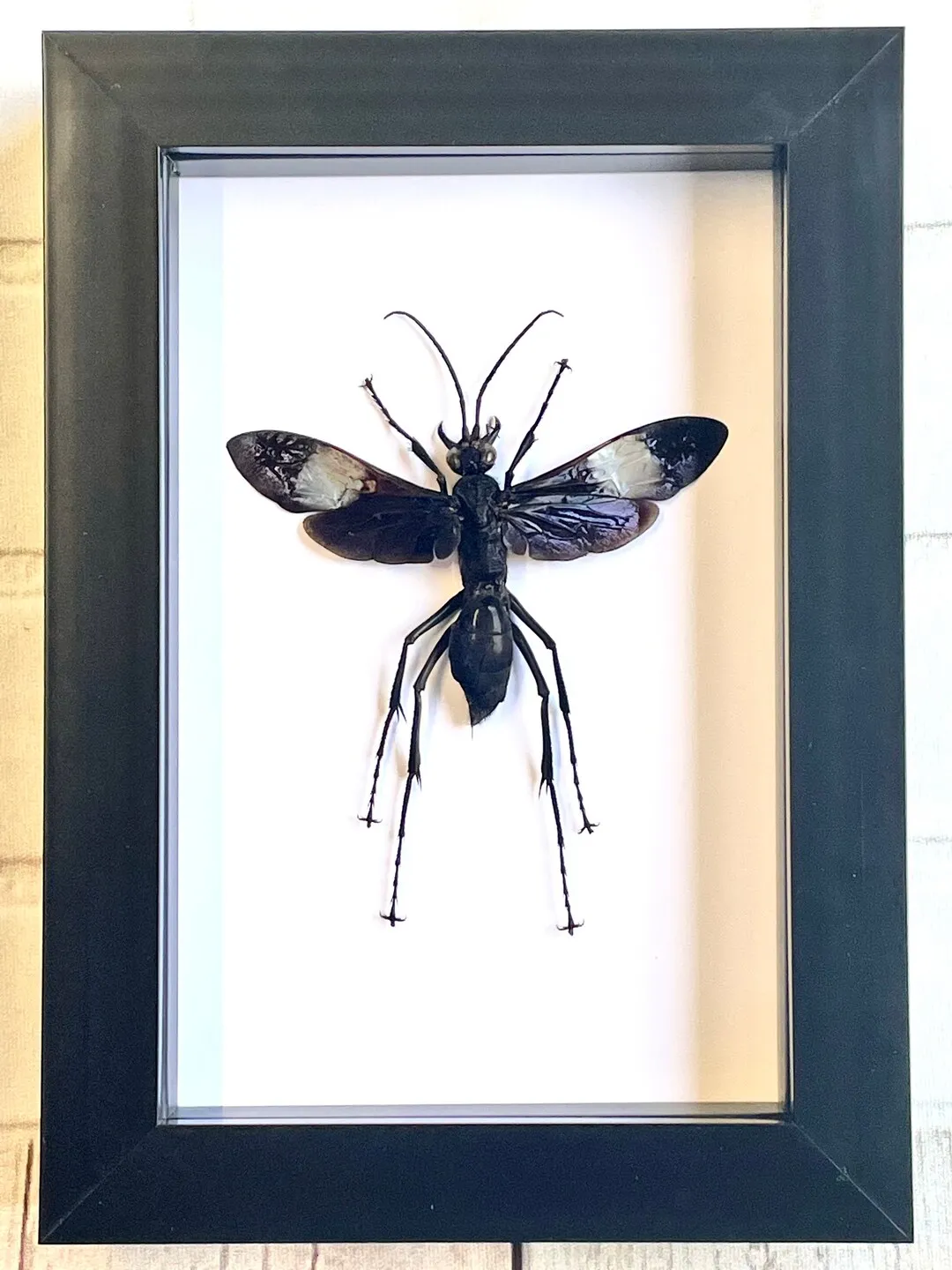What is the Largest Tarantula Hawk Wasp
The largest tarantula hawk wasps are a fascinating group of solitary wasps known for their imposing size and their specific hunting behavior. These insects, belonging to the genus Pepsis, are renowned for their extraordinary sting, which is considered among the most painful in the insect world. They are called “tarantula hawks” because they prey on tarantula spiders, using them as hosts for their larvae. These wasps play a crucial role in their ecosystem, contributing to the control of tarantula populations. Their life cycle and complex behaviors make them a captivating subject for both entomologists and nature enthusiasts, and the largest of these wasps can be quite impressive in terms of size and appearance.
Physical Characteristics
Size and Appearance
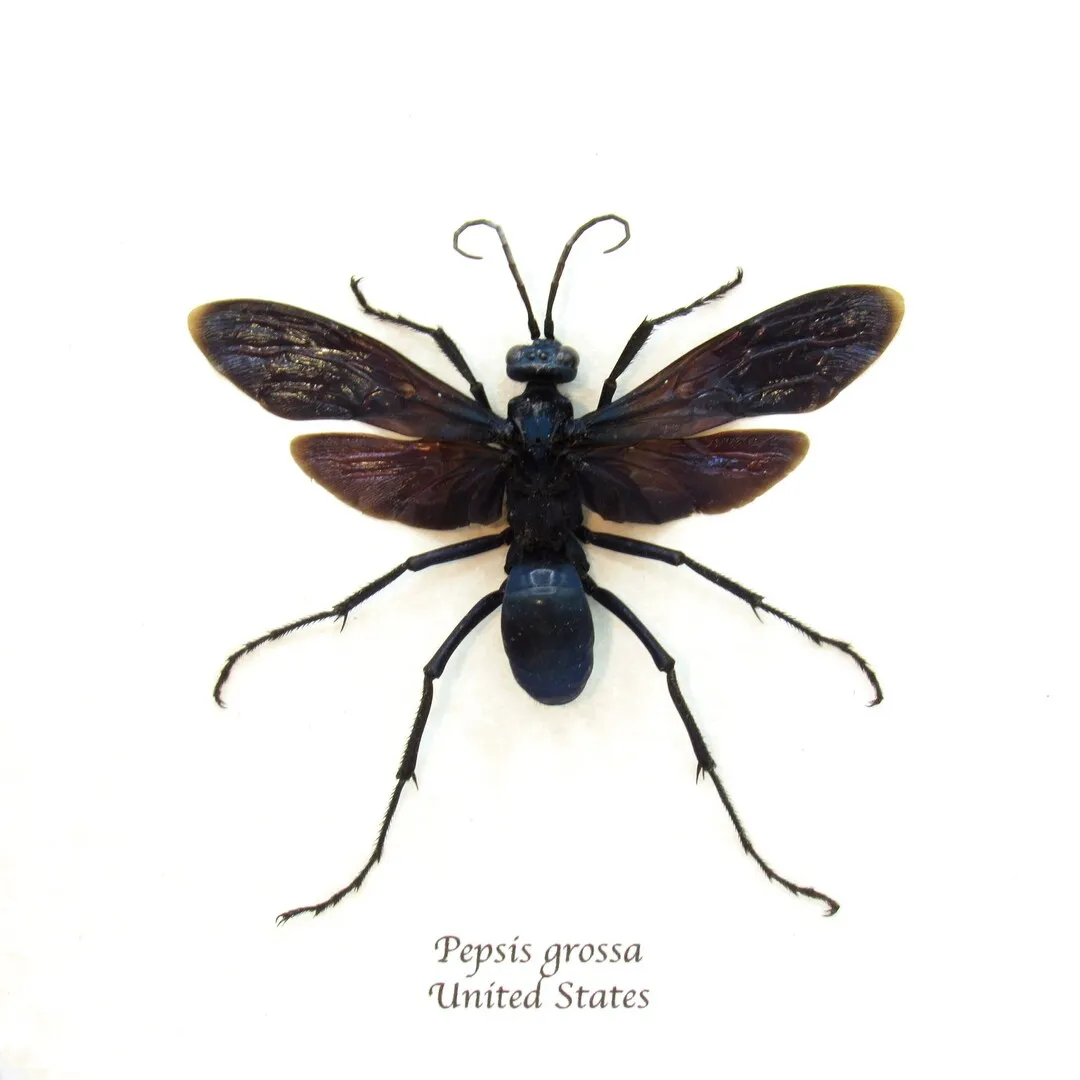
The largest tarantula hawk wasps can reach up to 2 inches (5 cm) in length, making them quite a sight. Their appearance is equally striking, with a primarily black or blue-black body contrasted by vibrant, rust-colored wings. The combination of their size and coloration makes them easily recognizable in their natural habitats. The females are typically larger than the males, with a robust build suited for hunting and paralyzing tarantulas. The overall appearance is a testament to their predatory lifestyle, showcasing a powerful and intimidating form perfectly adapted to their unique niche in the ecosystem. The wings are a key identifying feature, often displayed prominently during flight.
Identifying Features
Beyond size, the tarantula hawk wasp has other distinctive features. Their antennae are long and slender, used for sensing their environment. The legs are spiny, helping them grip onto surfaces and handle their prey. The stinger, which is a primary identifying feature, is long and curved. The wings are a defining feature, and the rusty or orange color is immediately noticeable. This bright coloration serves as a warning to potential predators. Additionally, the body shape, which is robust and elongated, helps in differentiating them from other wasp species. All these characteristics help distinguish them from other species and help researchers and nature lovers to identify them.
Where They Live
Geographical Distribution
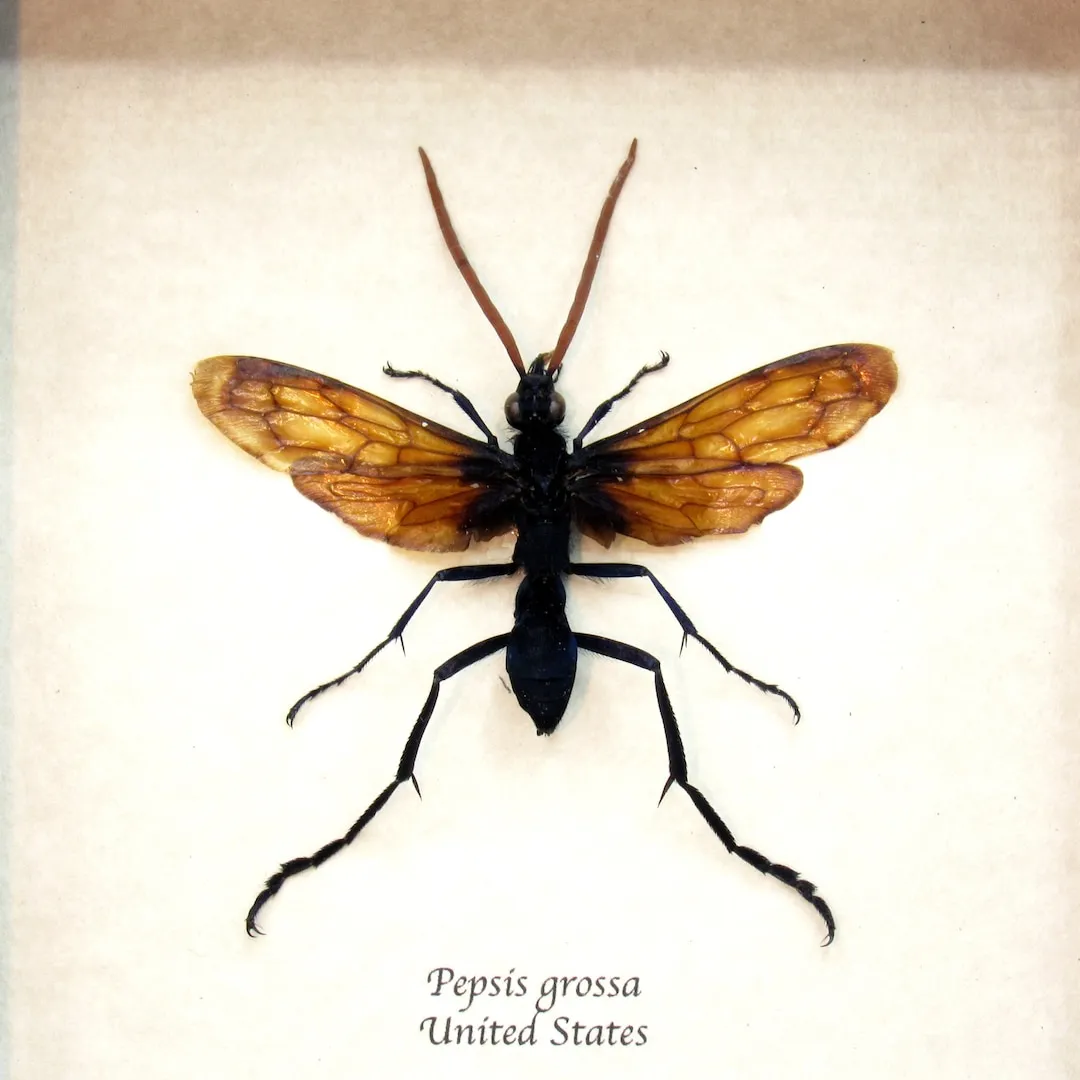
Tarantula hawk wasps are primarily found in the Americas. They are most common in the southwestern United States, ranging through deserts and arid regions. They are also found in Central and South America. Their geographical distribution aligns with the habitats of their primary prey, the tarantula spiders. Different species within the Pepsis genus have slightly different distributions, but the general range covers a wide area. These wasps have adapted to survive in the harsh conditions of these regions, where they can find the necessary resources for survival and reproduction. They are most active during the warm seasons, when both adult wasps and tarantulas are most active.
Preferred Habitats
The preferred habitats of tarantula hawk wasps are typically arid and semi-arid environments. These include deserts, grasslands, and scrublands. They require areas with suitable vegetation and ground cover where they can hunt for tarantulas and build their nests. The presence of tarantulas is, of course, a critical factor in determining their habitat. They favor areas with sandy or loamy soils, which are easier for digging nests. Rocky areas and canyons also provide suitable environments. The diversity of these habitats ensures a steady supply of prey and offers the shelter needed for nesting and protection from the elements.
What They Eat
Diet and Feeding Habits
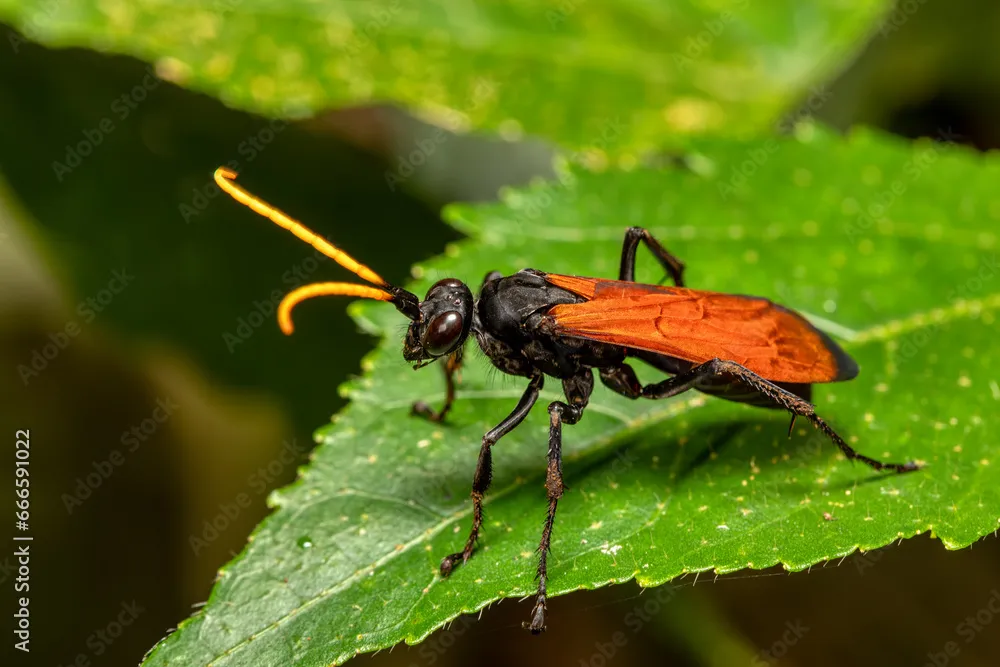
The tarantula hawk wasp’s diet is somewhat unusual for a wasp, since adults primarily feed on nectar from flowers. The larvae, however, are entirely carnivorous. They feed exclusively on paralyzed tarantulas, which their mothers provision for them. The adults use their powerful mandibles and stinger for hunting and paralyzing tarantulas. They then drag the paralyzed spider into a burrow, where they lay a single egg on the spider’s abdomen. The larva then hatches and consumes the tarantula, growing and eventually pupating inside the spider’s body. This behavior demonstrates a specialized diet and is a key component of their survival strategy. The adult’s nectar diet sustains them, giving them the energy needed to hunt, while the larva’s diet ensures its development.
The Role of Tarantulas
Tarantulas play a vital role in the life cycle of the tarantula hawk wasp. Tarantulas are not only the primary food source for the wasp larvae but also a necessary component for reproduction. The female wasps hunt tarantulas, paralyzing them with their stinger. This allows them to transport the spiders to their nests and lay their eggs. The availability of tarantulas is therefore essential for the survival and proliferation of tarantula hawk wasps. The size and species of the tarantula can influence the wasp’s hunting behavior, with larger tarantulas presenting a more significant challenge. The interaction between the wasp and the tarantula represents a complex predator-prey relationship, essential to maintaining the ecological balance within their habitats.
Life Cycle and Behavior
Mating and Nesting
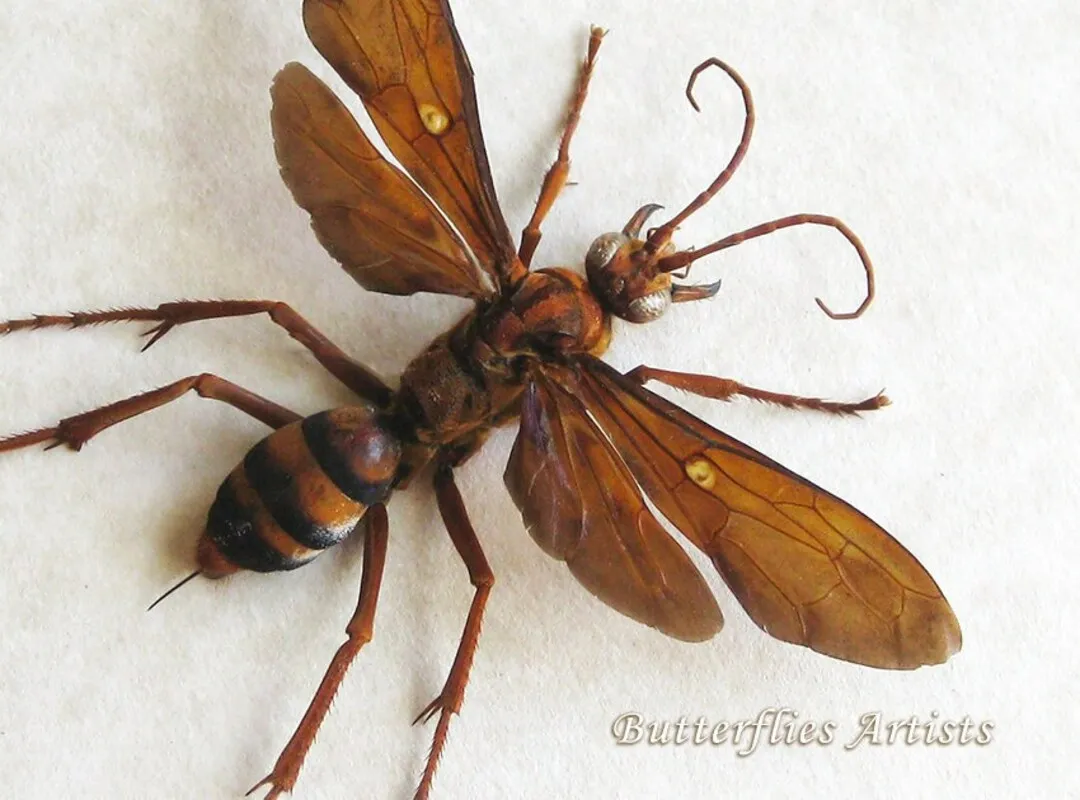
The life cycle of a tarantula hawk wasp starts with mating, during which males search for females, and the females engage in the challenging task of hunting tarantulas. The female wasps use their sting to paralyze the tarantulas, which they then drag to a prepared nest, often a burrow in the ground. After the tarantula is secured, the female wasp lays a single egg on the spider’s abdomen. Once the egg hatches, the larva feeds on the paralyzed tarantula. The larva undergoes several molts as it grows. It then pupates within the spider’s body or nest, eventually emerging as an adult wasp, repeating the cycle. Their nesting behavior reflects a high level of parental care, ensuring the survival of their offspring through meticulous planning and execution.
Sting and Venom
The tarantula hawk wasp is infamous for its powerful and painful sting. The sting is used to paralyze tarantulas, allowing the wasp to transport them to their nests. The venom, although not typically lethal to humans, is known for its intense pain. The severity of the sting is related to the presence of the tarantula hawk wasp, which can last for several minutes, causing excruciating pain. While the pain is extreme, the venom does not cause significant long-term harm. However, for those who have been stung, the experience is unforgettable. The sting is a deterrent, and although it is not life-threatening, it serves to protect the wasp from predators. Therefore, tarantula hawks are very careful to not use their stinger unless necessary.
Other Interesting Facts
Interaction With Humans
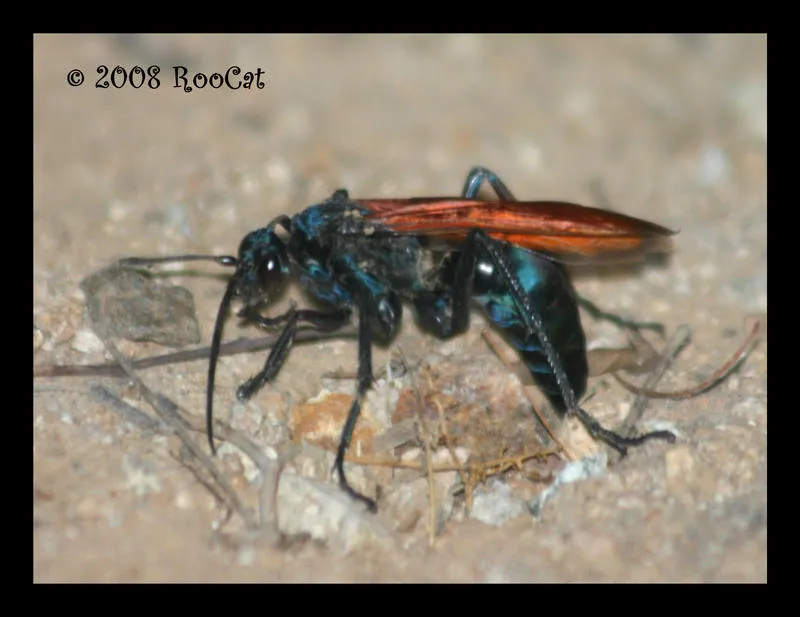
While tarantula hawk wasps are not aggressive and do not typically attack humans, their sting is a significant concern. They usually only sting when they are threatened or handled roughly. Because of their painful sting, encounters should be avoided, and care should be taken when these wasps are present. Despite the potential for a painful sting, tarantula hawk wasps are beneficial to the ecosystem. They play a role in controlling tarantula populations. In areas where they are common, it is advisable to take precautions, such as wearing protective clothing when working outdoors, especially during peak activity. However, these wasps are generally not a major threat if left undisturbed.
Conservation Status
Currently, tarantula hawk wasps are not listed as endangered or threatened. Their populations are generally stable within their geographical ranges, which are relatively large and widespread. Although their habitats are subject to some threats, such as habitat loss and pesticide use, their numbers are considered to be healthy. Conservation efforts are not currently focused on these species, but it is important to recognize the role these wasps play in their ecosystems. As with many insect species, changes in the environment, such as climate change or habitat modification, could eventually impact their populations. Careful monitoring of their status remains essential to ensure their long-term survival.
